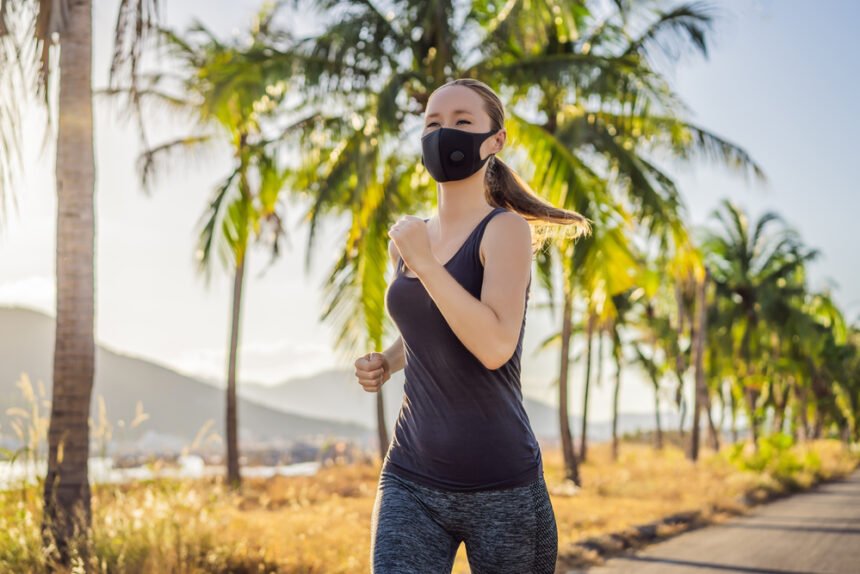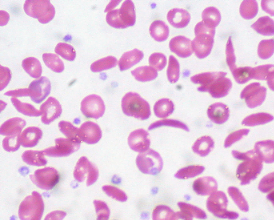The Covid-19 pandemic took the world by surprise in the most frightening manner. It drastically changed the healthcare profession for patients and providers alike. However, it also had a profound impact on our lives as well.
One thing that people had to get used to was wearing a mask to avoid infection. There is a wide range of face masks available on the market, so it is sometimes difficult to know what’s what, and who needs to wear what.
This guide aims to provide clarity on the types of masks that are available and where you can find further information about what your specific needs may be. Whether you are getting a mask for yourself or trying to get your kid to wear one, you should benefit from these insights.
Surgical or ‘Medical’ Face Masks
The purpose of surgical masks (to EN 14683:2019 and AC:2019 standards) is to limit the transmission of infective agents or bacteria from the wearer.
They usually feature a specific microbial barrier layer to stop any transmission of bacteria from the wearer. Whilst they do offer some protection to the wearer, they are designed as a protection to others from the wearer.
There are two main types of what’s known as ‘surgical masks’:
Type 1 and Type 1R: These masks are not intended for use by healthcare workers. Type 1 masks have a BFE (bacterial filtration efficiency) of 95%, but are not considered effective enough for use in medical settings.
Type 2 and Type 2R: Healthcare professional masks – these medical ppe masks are designed to be worn by healthcare workers. The difference between Type 1 and Type 2 is the filtration efficiency that they afford: Type 2 have 98% filtration efficiency, three percent more than the Type 1 mask.
The ‘R’ refers to the fact the mask is splash-resistant.
Protective Face Masks:
Protective masks which adhere to standard EN 149:2001+A1:2009 are designed to protect from particulates – such as dust particles and various viruses. The initialism ‘FFP’ stands for ‘Filtering facepieces’.
Unlike surgical or medical masks, this type of protective ppe face mask protects the wearer from inhaling pollutants and infectious particles. These masks need to be ‘fit-tested’ to ensure a seal is formed and that the mask is effective. This can involve the removal of facial hair to ensure a close, tight fit.
This sort of ppe face mask is designed to be worn in many environments: domestic, industrial, manufacturing and healthcare environments.
The standard EN 149 outlines 3 filter classes (like the ‘BFE’ for Type 1 and Type 2 masks).
- FFP1 masks offer 80% filtering efficiency
- FFP2 gives the wearer 94% filtering efficiency
FFP3 – 99% filtering efficiency
There are numerous guidelines about which ppe you should be using, based on the specific area you are living and working in, and recent information relating to you and your requirements can be found on the World Health Organization (WHO) website, who recommends a minimum of FFP2 to offer protection.
Ask your employer about the level of protection you should be wearing.
Our information is taken from a report by the BSI (© The British Standards Institution 2021), The World Health Organization and Gov.co.uk. Please click through to read original sources.








